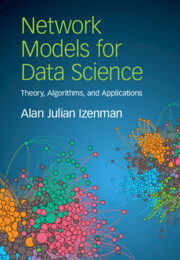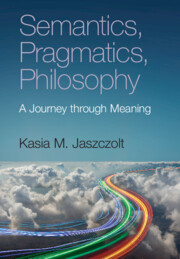Refine search
Actions for selected content:
36807 results in Cambridge Textbooks
Part III - Corporate Sustainability: Processes
-
- Book:
- Corporate Sustainability
- Published online:
- 09 March 2023
- Print publication:
- 30 March 2023, pp 295-432
-
- Chapter
- Export citation
9 - Alternative Types of Organising for Corporate Sustainability
- from Part II - Corporate Sustainability: Actors
-
-
- Book:
- Corporate Sustainability
- Published online:
- 09 March 2023
- Print publication:
- 30 March 2023, pp 170-189
-
- Chapter
- Export citation
20 - Sustainability Standards
- from Part III - Corporate Sustainability: Processes
-
-
- Book:
- Corporate Sustainability
- Published online:
- 09 March 2023
- Print publication:
- 30 March 2023, pp 412-432
-
- Chapter
- Export citation
Part II - Corporate Sustainability: Actors
-
- Book:
- Corporate Sustainability
- Published online:
- 09 March 2023
- Print publication:
- 30 March 2023, pp 153-294
-
- Chapter
- Export citation
3 - Ethical Approaches to Corporate Sustainability
- from Part I - Corporate Sustainability: Approaches
-
-
- Book:
- Corporate Sustainability
- Published online:
- 09 March 2023
- Print publication:
- 30 March 2023, pp 54-74
-
- Chapter
- Export citation

Beginning Syntax
- An Introduction to Syntactic Analysis
-
- Published online:
- 23 March 2023
- Print publication:
- 20 April 2023
-
- Textbook
- Export citation

Network Models for Data Science
- Theory, Algorithms, and Applications
-
- Published online:
- 22 March 2023
- Print publication:
- 05 January 2023
-
- Textbook
- Export citation

Semantics, Pragmatics, Philosophy
- A Journey through Meaning
-
- Published online:
- 22 March 2023
- Print publication:
- 16 March 2023
-
- Textbook
- Export citation

Inference and Learning from Data
- Inference
-
- Published online:
- 17 March 2023
- Print publication:
- 22 December 2022
-
- Textbook
- Export citation
Dedication
-
- Book:
- Introduction to Digital Communications
- Published online:
- 24 April 2023
- Print publication:
- 16 March 2023, pp vi-vi
-
- Chapter
- Export citation
Index
-
- Book:
- Introduction to Digital Communications
- Published online:
- 24 April 2023
- Print publication:
- 16 March 2023, pp 648-650
-
- Chapter
- Export citation
Index
-
- Book:
- Semantics, Pragmatics, Philosophy
- Published online:
- 22 March 2023
- Print publication:
- 16 March 2023, pp 399-414
-
- Chapter
- Export citation
Stage 2 - Word Meaning and Concepts
-
- Book:
- Semantics, Pragmatics, Philosophy
- Published online:
- 22 March 2023
- Print publication:
- 16 March 2023, pp 18-43
-
- Chapter
- Export citation
Reviews
-
- Book:
- Introduction to Digital Communications
- Published online:
- 24 April 2023
- Print publication:
- 16 March 2023, pp ii-iii
-
- Chapter
- Export citation
9 - Convolutional Codes
-
- Book:
- Introduction to Digital Communications
- Published online:
- 24 April 2023
- Print publication:
- 16 March 2023, pp 557-596
-
- Chapter
- Export citation
Acknowledgments
-
- Book:
- Introduction to Digital Communications
- Published online:
- 24 April 2023
- Print publication:
- 16 March 2023, pp xiv-xiv
-
- Chapter
- Export citation
Stage 9 - Conclusion: The Future of Meaning?
-
- Book:
- Semantics, Pragmatics, Philosophy
- Published online:
- 22 March 2023
- Print publication:
- 16 March 2023, pp 360-363
-
- Chapter
- Export citation
4 - Error Probability for Binary Signals
-
- Book:
- Introduction to Digital Communications
- Published online:
- 24 April 2023
- Print publication:
- 16 March 2023, pp 196-249
-
- Chapter
- Export citation
Abbreviations and Symbols
-
- Book:
- Semantics, Pragmatics, Philosophy
- Published online:
- 22 March 2023
- Print publication:
- 16 March 2023, pp xx-xxiv
-
- Chapter
- Export citation
References
-
- Book:
- Introduction to Digital Communications
- Published online:
- 24 April 2023
- Print publication:
- 16 March 2023, pp 645-647
-
- Chapter
- Export citation
